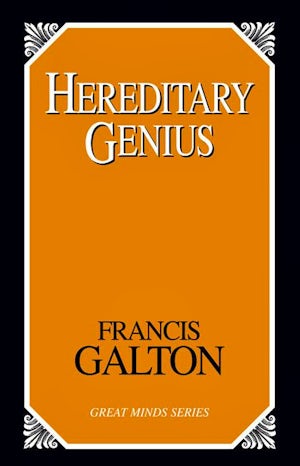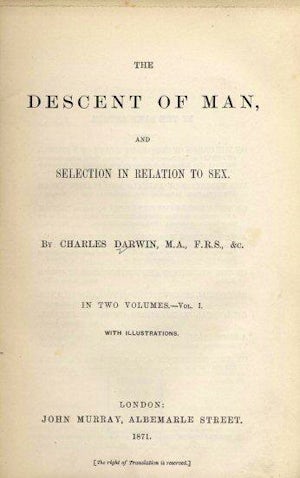
1932. In response to utopian authors of the 1920s, satirist Aldous Huxley began working on A Brave New World between May and August of 1931.
Huxley was deeply interested in eugenic politics. In the novel as well as in other essays published in the late 1920s and early 1930s, he defended eugenic policies of encouraging reproduction of the “intellectual classes” and sterilizing the “unfit”(Woiak, 2007, p.106).
The novel, set in future London (AD 2540), describes a fictional society where children are mass produced and sorted into castes and ruled by a totalitarian regime. Though earlier described as a critique of eugenic utopias by anti-eugenicist C.K. Chesterton, and embraced by figures such as Bertrand Russell, the book was also subjected to negative reviews upon its publication.
In more recent analysis, Joanna Woiak argues that comparing Huxley’s literary texts with his non-literary essays provide insight into his belief on how eugenics overlap with Brave New World. She cites a 1927 essay, "A Note on Eugenics," in which Huxley argues that
“if, as would be the case in a perfectly eugenized state, every individual is capable of playing the superior part, who will consent or be content to do the dirty work and obey? The inhabitants of Mr. Well’s numerous Utopias solve the problem by ruling and being ruled. . . an admirable state of affairs if it could be arranged. . . states function as smoothly as they do because the greater part of the population is not very intelligent, dreads responsibility, and desires nothing better than to be told what to do. . .” (Huxley, 1927, p. 329-330, as cited in Wolak, 2007, p.115).
Similarly, in Brave New World, the stratified caste society’s lower orders are deliberately stunted both mentally and physically in order to maximize the efficacy and happiness of the society. This society is also based upon the principles of Henry Ford's assembly line.
Brave New World is very influential, often making lists ranking great novels, as well as banned book lists. It is frequently compared to George Orwell's Nineteen Eighty-Four, and has been adapted into both radio programs and plays.
A great number of essays, descriptions, and synopses of this and many of Huxley’s other works can be found here.
-Sheila Gibbons
Woiak, J. (2007). Designing a Brave New World: Eugenics, Politics, and Fiction. The Public Historian, 29(3), 105-129.
 1869:
Galton publishes Hereditary Genius
1869:
Galton publishes Hereditary Genius
 1871:
Charles Darwin publishes The Descent of Man
1871:
Charles Darwin publishes The Descent of Man